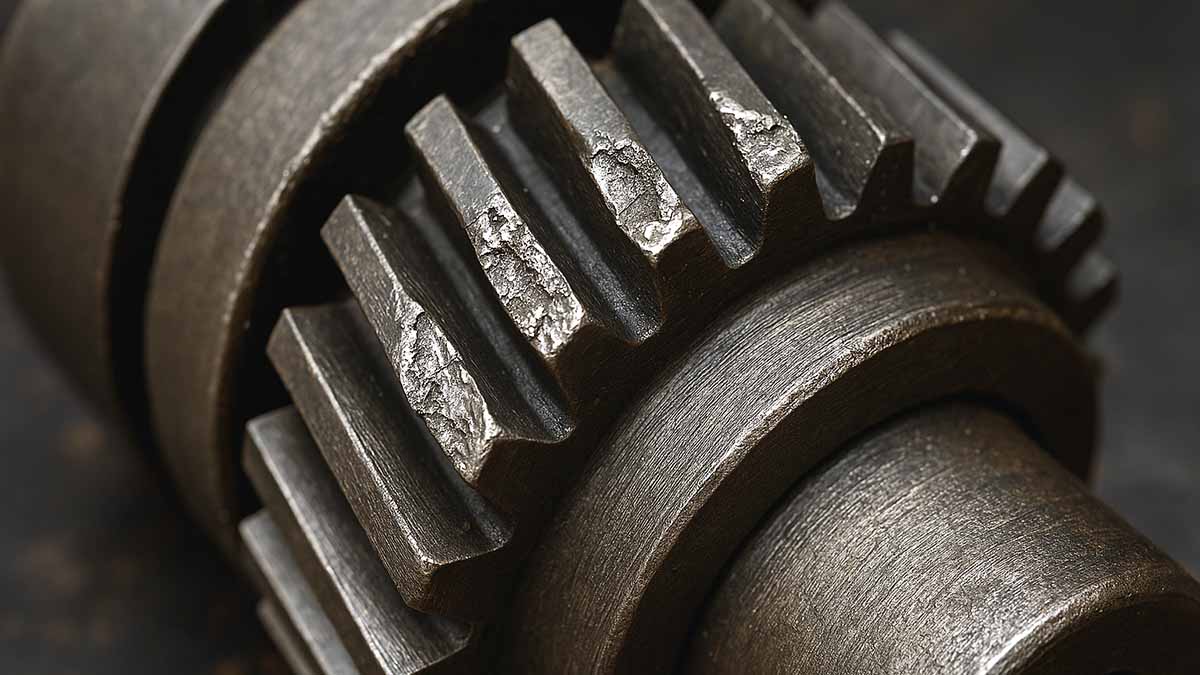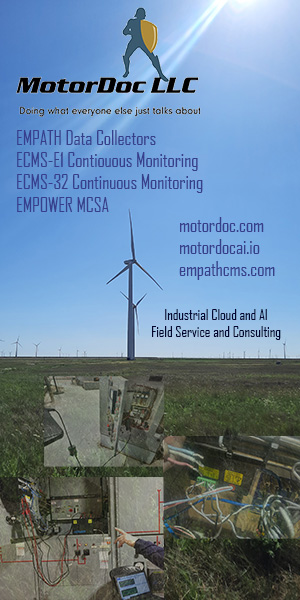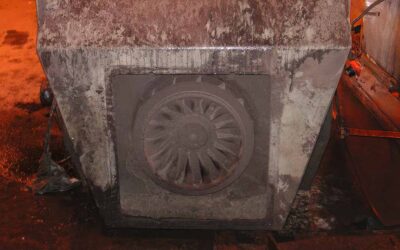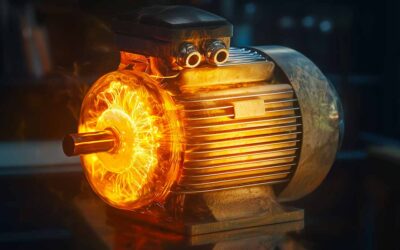I was providing field service for a computerized fuel controller that I had installed a few years before. The site was at the end of Long Island, New York. For the geographically challenged, the end of Long Island is about as far from New York City as New York is from my home in Philadelphia.
It was Friday, just after lunch. If I could leave by 2:30 PM, I would be home in 4 hours. However, if I was delayed past 3:00, it might take 5-6 hours to get home. I was motivated to wrap it up. I worked quickly and got the system going with enough time to beat rush hour.
I put the case back together, but in my haste, I did not notice that a couple of wires had become entangled between the back of the case and the stanchion. As I tightened the case, I smelled plastic burning.
The wires that got caught, shorted the mains through all the circuit cards and fried everything.
When Maintenance Becomes the Root Cause
In short, I was on the road by 2:30 but had to come back Monday, and the company had to replace all the cards for free.
Did you know that there is a name for failures caused by the mechanic? They are called iatrogenic failures. The word comes from medicine where iatrogenic (doctor-caused) illness is a huge concern. The truth is that all types of maintenance are subject to it. The story of another such iatrogenic failure was illustrative and much scarier.
A single rushed repair can destroy an entire system—I’ve done it.
Soon after departing from Miami, Flight 855 experienced an engine shutdown due to low oil pressure. As the Jet turned back to Miami, the low oil lights for the other two engines started blinking. Then, the second engine failed, followed by the failure of the last remaining engine.
The jet descended without power from 13,000 to 4,000 ft when the crew managed to restart one of the engines. The jet landed safely in Miami with no injuries to the 172 passengers.
The investigation found that the same mechanics who replaced the oil in all three engines failed to replace all three oil O-ring seals.
In the pilot’s own words, “We were met at the gate by Captain Bert Beech, the Miami Assistant Chief Pilot, and a Forman for line maintenance. The Foreman made the statement to us that he knew exactly what happened. That was the first time the term “O-ring” was used. We were led straight to a convened NTSB hearing. It was concluded that two Mechanics had installed Master Chip Detectors on all three engines without O-ring seals, thereby putting the lives of 172 people in grave danger.
Right now, your assets are subject to possible iatrogenic failures. Have your operators ever made the complaint, “When they’re done with the PM (or repair), the unit is never right the first time,” or “When maintenance gets their hands on my unit, they always return it with something else broken”?
Every time someone touches a machine, there’s a chance of making it worse.
There is a small probability of causing a problem whenever anyone touches a machine, regardless of how casually. I remember adding oil to my car and forgetting to put the cap back on top of the engine. The cap must have fallen off the engine as I merrily drove away since I never saw it again. It didn’t take long for the oil to come out and spray onto the exhaust manifold; all the while, dirt was getting into the oil. That was a nasty sight!
Learning from Aviation and Medicine
The question is, what can be done?
For the answer to that, we should look at medicine and aviation, where iatrogenic failure is recognized, studied, and mitigated. Some of the solutions are common sense.
For example, mixing up patients in hospitals was common and occasionally deadly. If you go into a hospital for an operation now, be prepared to be asked your name and birth date dozens of times. Everyone who treats you, prescribes medicine, or performs a test should positively verify your identity.
If we revisit the aviation O-ring mistake, we can see that one crew replaced the oil, chip detector, and O-ring in all three engines. If they made a mistake (such as using the wrong oil or omitting the O-ring), that mistake would be applied to all the engines.
Some airlines do not allow all the engines to be serviced at the same time. This reduces the probability that all the engines will be taken out by the same mistake.
In hospitals, when someone dies due to a mistake or an unknown cause, a M&M meeting (Mortality and Morbidity meeting) is convened. The case is presented, and ideally, the doctors discuss what happened, what went wrong, and how it can be prevented in the future. This meeting is designed to train everyone involved about both actual and potential mistakes.
In the maintenance business, we recognize that our mistakes serve as valuable lessons, teaching us to be more cautious. By far, the best thing you can do is to recognize that iatrogenic failures do occur. Keep iatrogenesis in mind.
When it happens, bring it up at your toolbox or safety meetings. One single lapse of attention can cause a problem. With some awareness applied, you, too, can have systems in place to catch the worst of these problems before they become accidents, downtime, or other mayhem.











